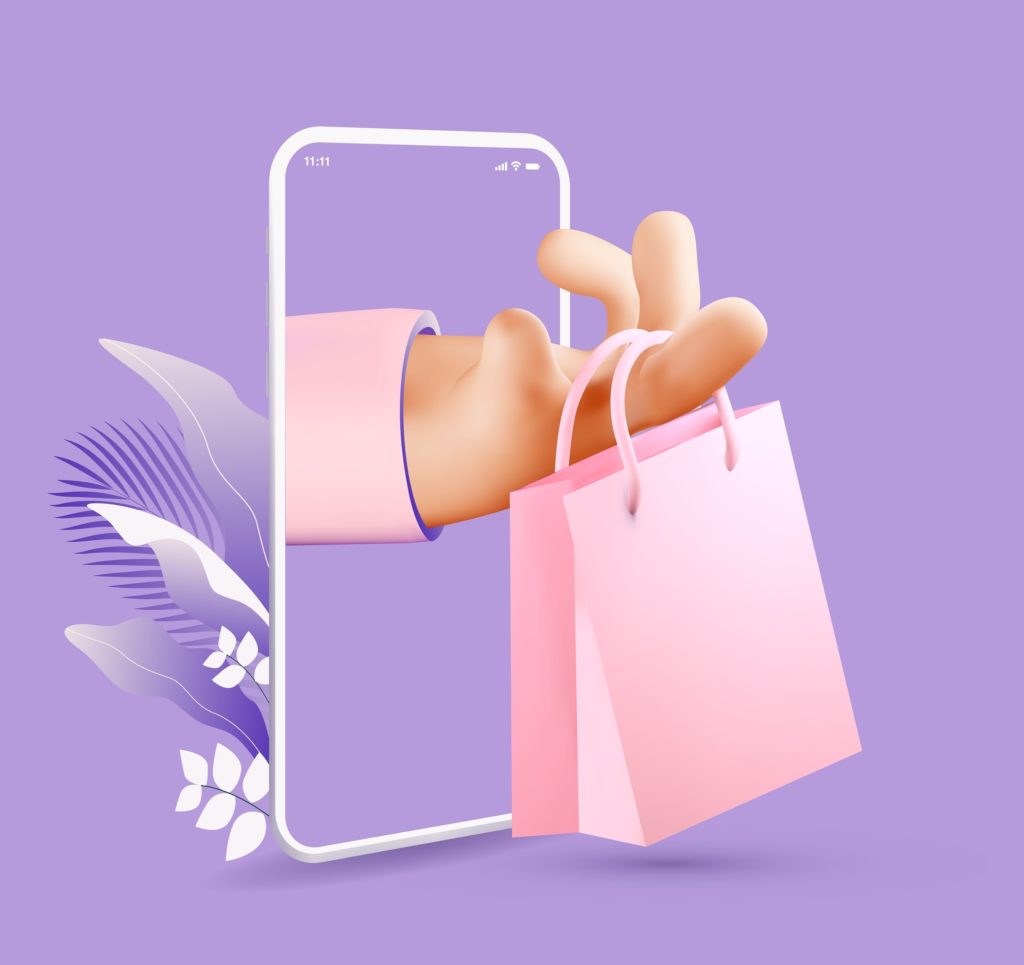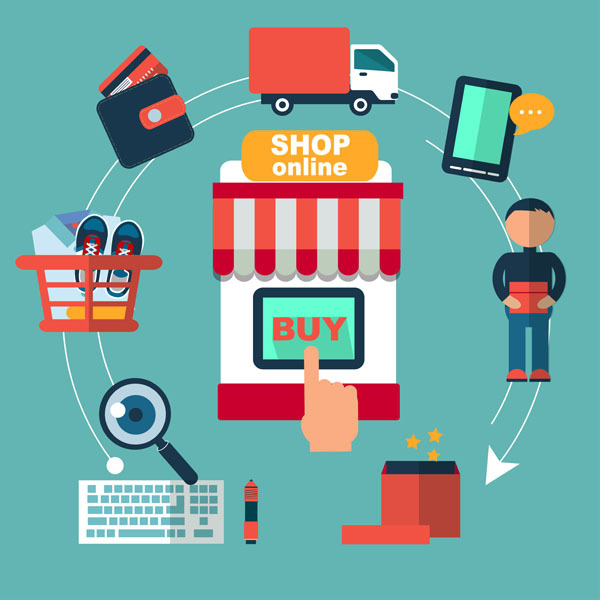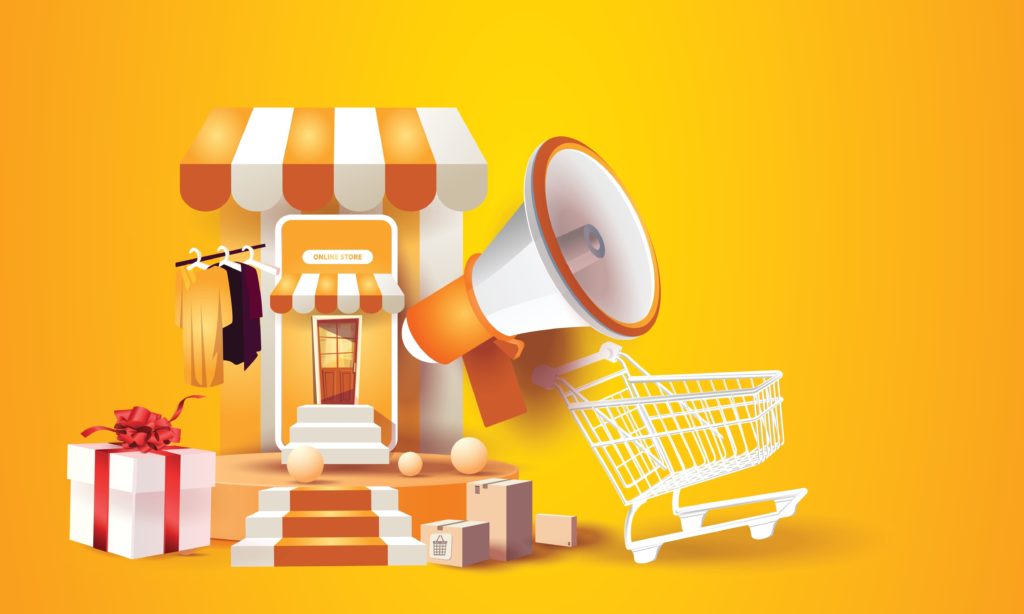LogiCommerce is trusted by global enterprise brands and wholesalers, across industries
With so many people constantly connected online, it's no wonder that fashion brands have seen an incredible opportunity to increase sales and expand into new markets. The fashion industry has always been quick at adapting to new trends, and its ability to embrace societal changes has secured its place as one of the leading players in e-commerce.
Due to the digital transformation, customers have become increasingly demanding when it comes to making their purchases through the online channel; speed, simplicity and security. We can say that they have become real experts in the purchase of articles: they compare clothes and prices in different online stores, value the delivery time of the article, take into account the return conditions, and, above all, they are great bargain hunters.
According to Statista, in 2021, the global fashion eCommerce market was valued at nearly $700 billion. It is expected to surpass this figure by the end of 2022, and by 2025 could reach just over $1.2 trillion. Among the various fashion sectors, apparel tends to account for the largest share of what consumers buy online, but accessories and footwear continue to account for significant amounts of online fashion market revenues worldwide.
One of the main factors contributing to this growth is the convenience and accessibility of online shopping. With a couple of clicks, users can browse through a wide selection of products from the comfort of their sofa at home without having to deal with long lines and crowds of people. As more people discover the advantages of fashion eCommerce, the industry is likely to continue growing in the coming years.
Contents
The omnichannel experience offers a great opportunity for eCommerce to create seamless and exceptional shopping experiences. It is based on using multiple communication channels (those most used by your brand's target audience) to accompany the consumer throughout the "Customer Journey" in order to unify the shopping experience. In other words, it's about creating a single strategy for all your sales channels to make it easier for the customer to buy your products.
That way, customers can start their purchase in one channel and finish it in another without any interruption or seamlessness.
Nowadays, a large number of users finalize, or at least start their shopping process through social networks. A great part of society, and especially young people, usually spend long hours connected to social networks such as Instagram or TikTok. There, they follow Influencers and even clothing brands to be constantly updated on new trends and garments.
Something that is very common is that users see an item through a social network while browsing it, and from there they access the website to make the purchase. For this reason, it is very important that fashion brands, are increasingly creating their profiles on social networks and being present in those most used by their target audience.
In addition, another technique that is often used is Live Stream Shopping, which is about starting a sales session through live broadcasts. This is usually done via platforms such as Fluxpanda, where you can connect directly to your online store catalog and users can easily access your products in the eShop. In addition, this is usually broadcast on well-known platforms such as Instagram and Tiktok, although on this case, a link is simply added to the original Live Stream Shopping broadcast to redirect the user so that they can automatically access the purchase of a product. It is also very common here, the appearance of Influencers to generate more trust and interaction.

Nowadays, almost everything turns on the customer experience, and in the fashion eCommerce world, that means delivering personalized experiences that meet the individual needs of each shopper. There are several ways to personalize the fashion eCommerce experience. One is to offer product recommendations based on a customer's purchase history. This helps shoppers to find items they are most likely to be interested in and also reduces the time they spend browsing the site.
Another way to personalize the fashion eCommerce experience is to offer the option to customize products. This could mean allowing shoppers to choose their own colors, fabrics or even styles. This type of customization ensures that each customer has the feeling that they are receiving a unique and exclusive product.
Personalization of products and services is the most engaging way to connect with your customers in the digital world. Show your products in 3D images, enable real-time interaction through Augmented Reality, use Artificial Intelligence tools, and let your customers design their own products to create truly immersive shopping experiences across any device and maximize the potential of your eCommerce.
Society is becoming increasingly aware of the environment and sustainability. According to a report by the UN Conference on Trade and Development, the fashion industry is the second most polluting industry in the world. To combat it, many fashion eCommerce companies are adopting a more sustainable philosophy, prioritizing product quality to achieve greater durability of garments and textile production that respects the environment and complies with ethical conditions that support the human and labor rights of workers. This new philosophy and way of understanding fashion is known as Slow Fashion and is already implemented by many brands in the sector.
The concept of sustainability also includes the fact of reducing trips to minimize the use of transport and pollutant emissions. Solution? Grouping several orders according to destination, using fewer polluting vehicles, or even offering the customer the possibility of picking up their order in store or at convenience points.
In short, it is important to take into account and communicate with total transparency the practices of your eCommerce in terms of production processes, packaging, transport, logistics, etc.

Two marketing strategies widely used to increase sales in eCommerce. Up-selling consists on offering customers additional products of higher value to optimize the initial purchase that the customer was going to make. In other words, imagine that a customer wants to buy some shoes and finds one for 120 euros that totally fits what the customer was looking for, but before the customer completes the order, the eCommerce itself offers a very similar product for only 30 euros more, with a more comfortable sole, cleaner leather, etc. In short, for a fairly low higher price, the customer can get a higher value product.
Cross-selling, on the other hand, consists of offering the customer one or more complementary products to the one in which the user was primarily interested. For example, a customer decides to buy a pair of pants and a T-shirt, and before finalizing the purchase, he is offered the possibility of adding a sweatshirt and a hat to the set.
If you've ever shopped online, you' ve probably interacted with a chatbot. These pre-programmed, artificial intelligence-based bots are often used by eCommerce companies to provide customer service and guide customers through the buying process. In fashion eCommerce, chatbots can be used to suggest products and direct customers to relevant offers. For example, a chatbot can ask customers about their budget, style preferences and the type of occasion for which they need the garment. Based on the answers, the chatbot can recommend specific items. In this way, chatbots play a valuable role in helping online shoppers find exactly what they are looking for.
On the other hand, Live Chat allows the customer to be served in a much more human and personalized way with the collaboration of an operator instantly. As a result, any complex customer queries are dealt with in a more empathetic and detailed way, as the agent is directly specialized in providing this type of information and assistance. By providing a seamless and personalized experience, Live Chat will help you build customer loyalty and boost your sales. In addition, on many occasions a Personal Shopper is also provided so that the customer has the opportunity to schedule an appointment for someone to assist and advise them according to their style and preferences, throughout their shopping process.

Choosing the right eCommerce platform to sell your fashion items online is, with no doubt, a key and decisive element that can determine the success of your sales.
There are many factors to take into account when evaluating which platform is most suitable for your business and how far it will be able to adapt to your needs. Having a wide variety of features will be essential for your fashion eCommerce to continue thriving.
At LogiCommerce, we focus on providing truly unique shopping experiences, while simplifying your day-to-day operations to reduce the management time you spend managing your eCommerce platform. With LogiCommerce the possibilities are endless:
LogiCommerce is at the forefront of headless eCommerce platforms. Built to easily adapt to any interface (web, mobile, POS, smart home, IoT, etc.), it allows you to create immersive design experiences for unique needs.
Simplify your eCommerce daily operations with a highly intuitive and easy-to-use BackOffice, and reduce the time you spend managing your eCommerce platform. Manage multiple channels from a single Control Panel and get full control of all your Front-ends.
Integrate your platform with third-party solutions. Optimize your core processes and increase efficiency by synchronizing your inventory, orders, customer data, promotions and shipping details with your ERP, CRM or any other application in real time and with maximum security.
If you are thinking of creating your fashion eCommerce or migrating to another platform with a Headless architecture, Logicommerce is the solution that will provide you with unique shopping experiences on any device through a Unified B2B & B2C platform. With a highly customizable software and 100% developed in Spain, you can choose from over 200 features and manage your online store with a very intuitive BackOffice and at an affordable price. Contact us!

